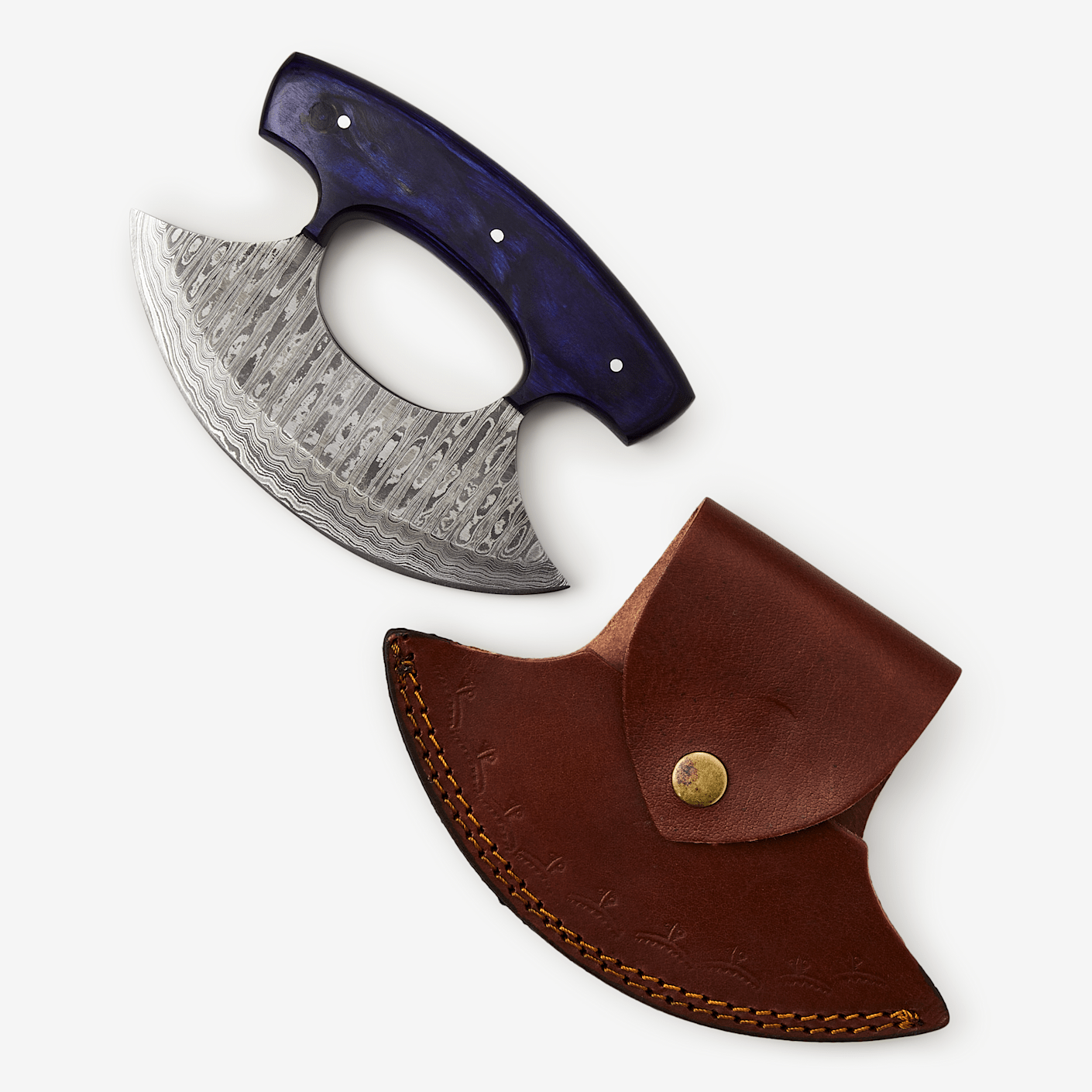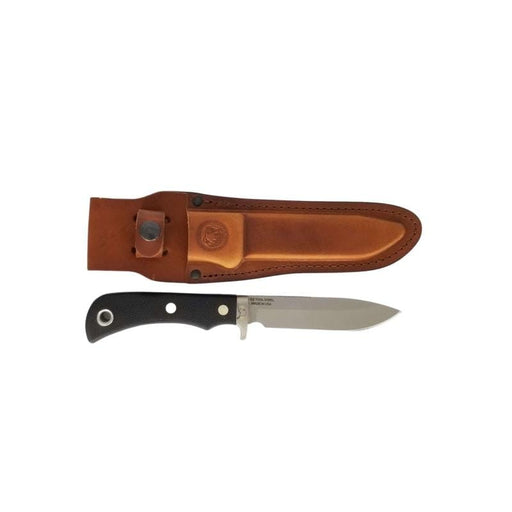The 10-Second Trick For Bmerry Studio Ulu Knives
Table of ContentsRumored Buzz on Alaskan Ulu Knives5 Easy Facts About Bmerry Studio Ulu Knives ExplainedBmerry Studio Ulu Knives for BeginnersThe Alaskan Ulu Knives Diaries
I will certainly presume that the size as well as angles will be playing to the toughness of each of the grinds. forms that curve inward, like a hourglass. Think about how a cavern contours in, or believe "con-cavity". shapes that contour outside, like a football. the rear of a blade, reverse of the edge.
A full hollow grind goes from the edge all the means up to the back. The Black Widow Caper imagined above is almost a full hollow grind; you can see that a little bit of the stock on the spine is still left unground. The hollow grind is preferred for both production as well as handmade knives.
Transforming wheel dimension can be expensive for producers and handmade manufacturers alike, which might limit hollow ground layouts to specific sizes, or sustain added prices to make a certain design. The hollow work is usually done on a slim blade, as well as then ground to have a slim edge.
Alaskan Ulu Knives - The Facts
If you incorporate a hollow grind, a thin edge, and also a good deep stubborn belly, it will certainly be just one of the most effective slicing knives you have ever had. One advantage of the hollow work is that the blade does not boost in density as considerably as various other grinds do. This means that as you sharpen the edge, it will stay virtually as slim as when you first got your knife.
The hollow work does have a disadvantage naturally. Given that there is much less material sustaining the edge, it can chip or surrender with tough usage which make hollow grinds unfavorable in big format knives like machetes. If you require your knife to be a supreme slicer, the hollow work will do very well.
Hollow grinds are typical on searching and also skinning blades because of this. An additional blade that utilizes the hollow work is the straight razor. The very thin side you can accomplish with a hollow grind allows for very easy push cutting with the straight razor.: Fantastic cutting capability, easy to develop, easier to manufacture (can be subjective).
The full flat work is as it sounds - the work goes all the method down from the back to the side bevel in a level, straight slope. The level work pop over here is one of the most flexible grinds.
8 Easy Facts About Bmerry Studio Described
Most level grinds are an equilibrium in between the 2, though it will depend on the style. The full flat grind is thickest at the spinal column for stamina, however tapers down right into a fairly slim side for excellent slicing.
The flat work's key bevel inclines linearly and gradually. This allows the complete level grind to pass via materials with more ease than various other grinds who incline non-linearly (hollow), or at steeper angles (sabre). This is why most of kitchen area knives are level ground - so they can travel through food easily without much resistance.
If a person states "sabre hollow ground" you know the blade has a hollow work that starts partway down the blade. The transition line between the key bevel and also the unground portion of the blade is described as the Sabre Line. The sabre grind is used when the maker desires a stronger blade.
The sculpt grind is not ground on one side at all. The blade envisioned above, and also the profile layout image to the left, are both sabre carve grinds.
Getting The Bmerry Studio Ulu Knives To Work
A full carve grind would have the bevel copulate as much as the spinal find here column (BMerry Studio Ulu Knives). The carve grind is easy to make, as you only have to grind one side, as well as you do not need to make the grind symmetrical with the other side. The sculpt grind is also easy to develop for the very same factor - blog here there's just one side to develop (and afterwards strop off the burr).

The reduced sabre work produces an obtuse main bevel angle, combined with a carve work, produces a very thick and strong edge.: Excellent stamina, excellent chopping (depending upon angle), simple to hone, can have fantastic reducing capacity (again - angle).: Often found in choppers such as machetes or other bushcraft knives.